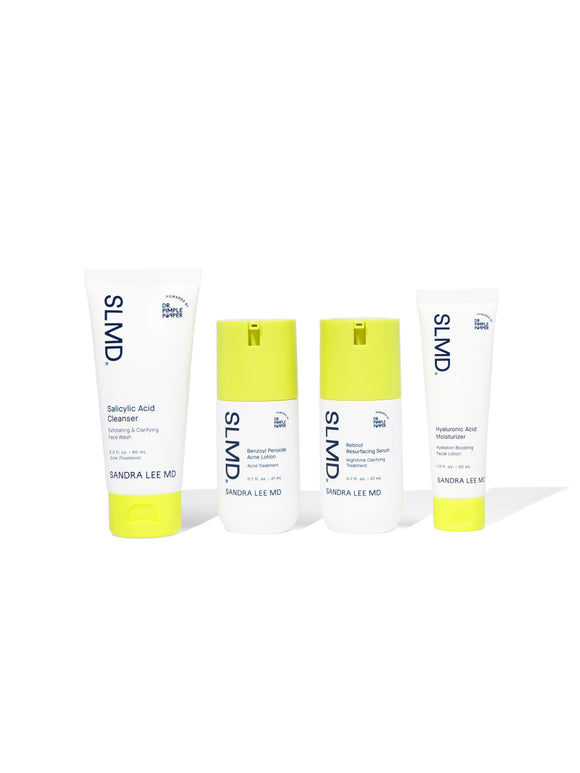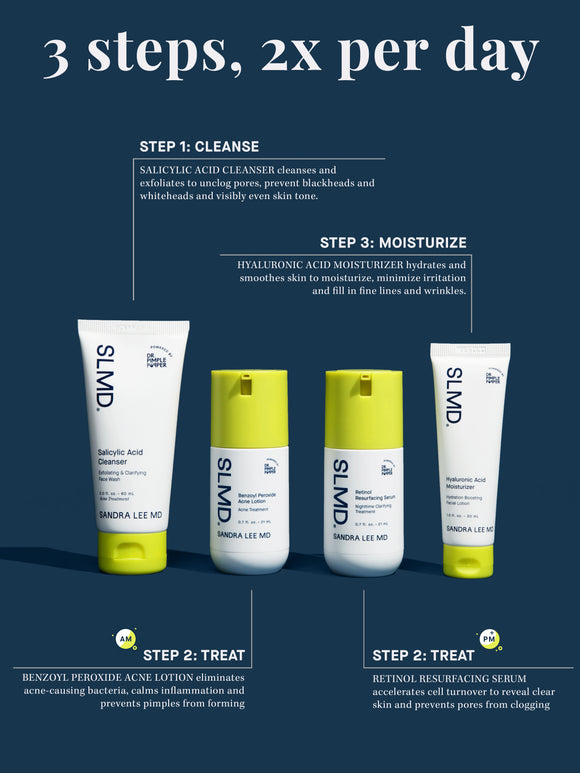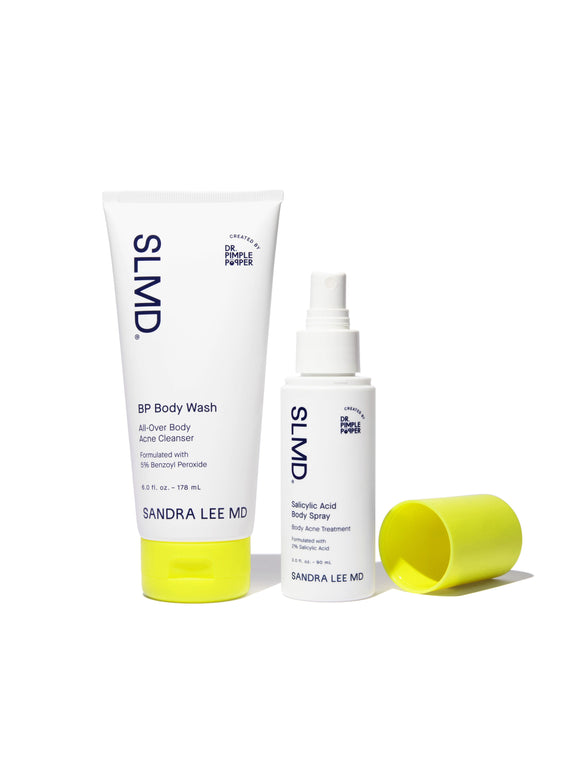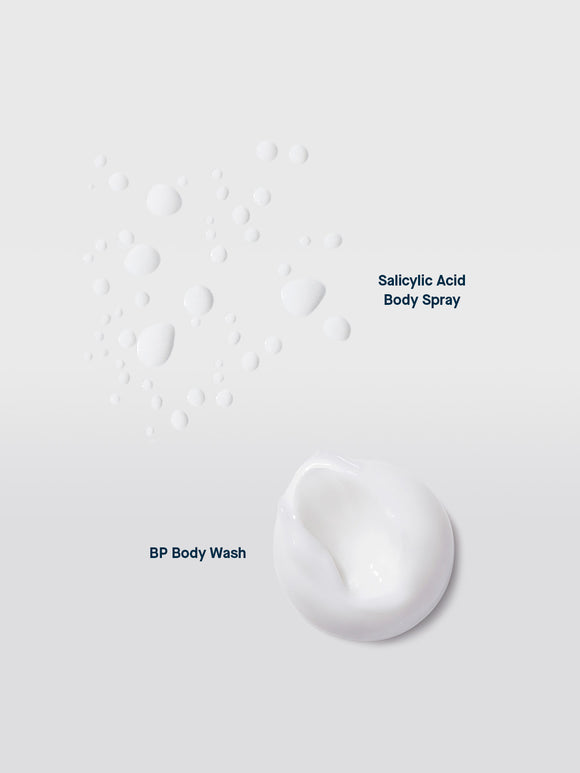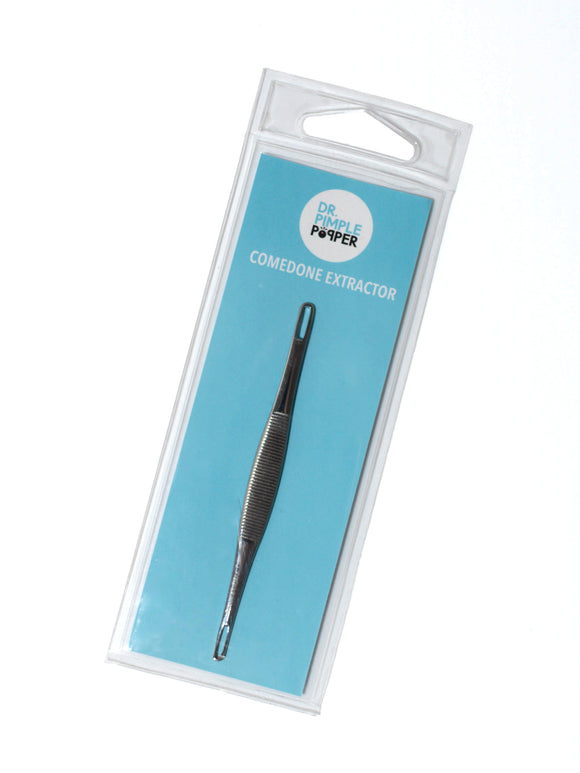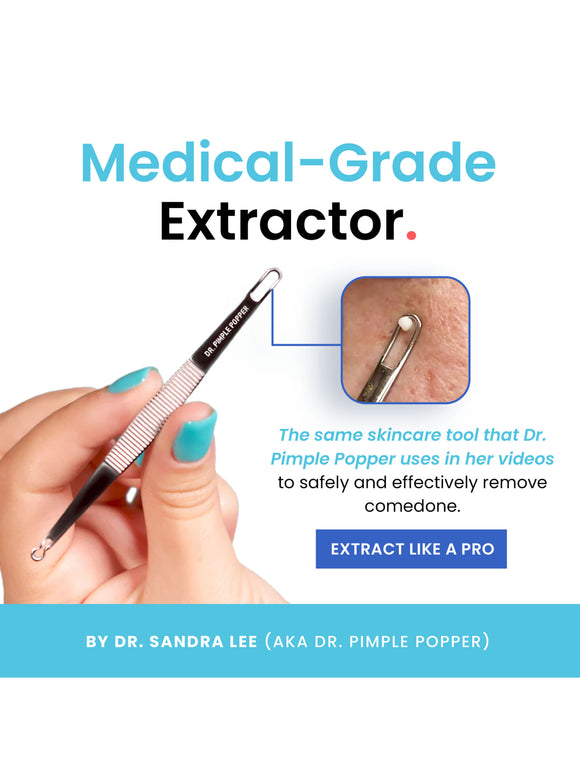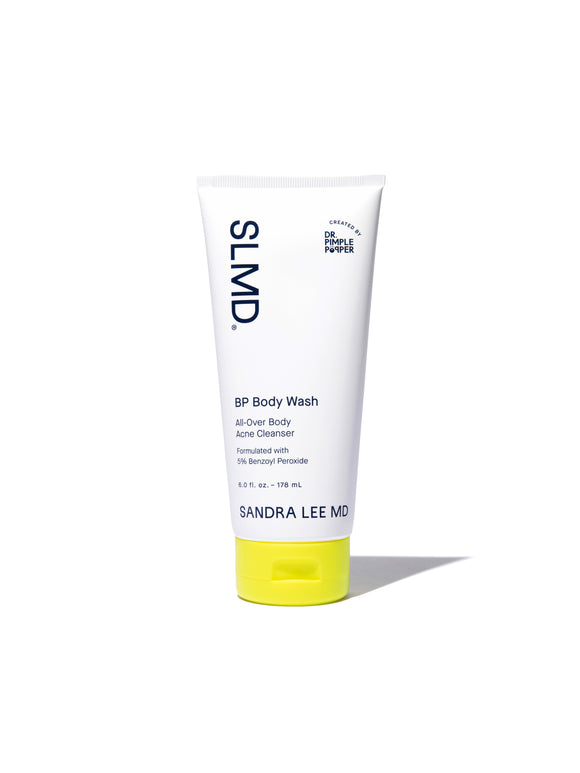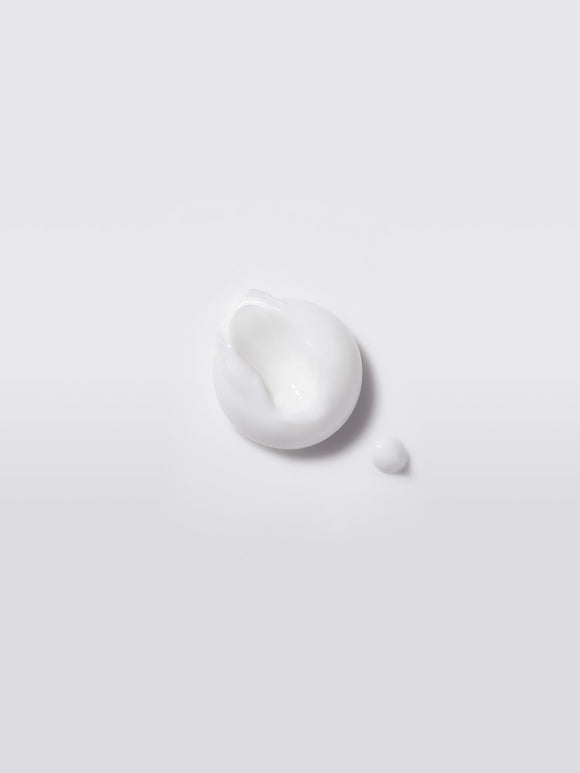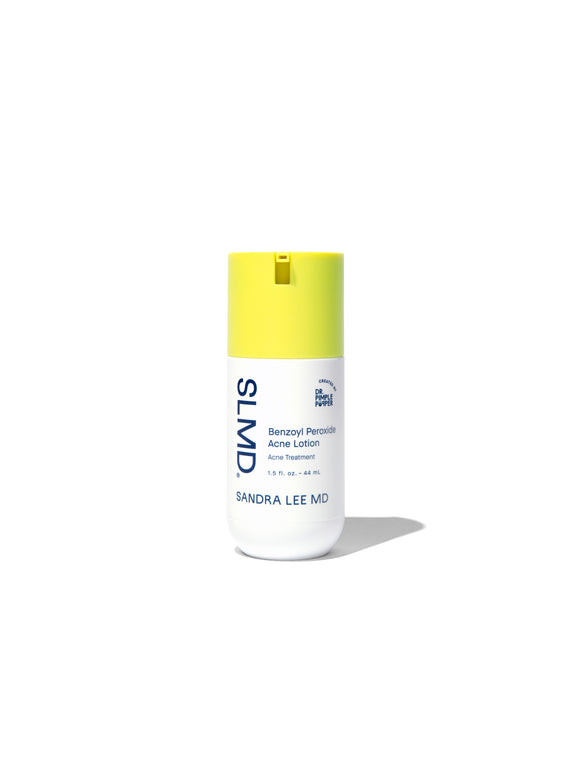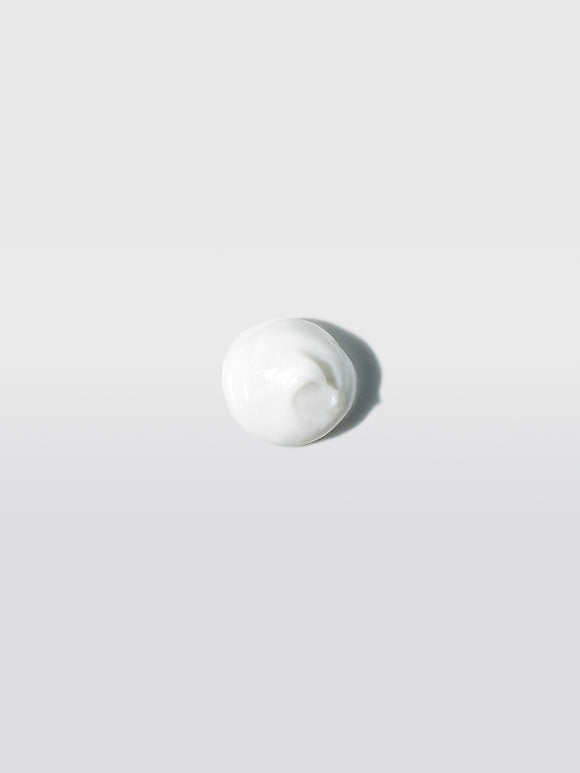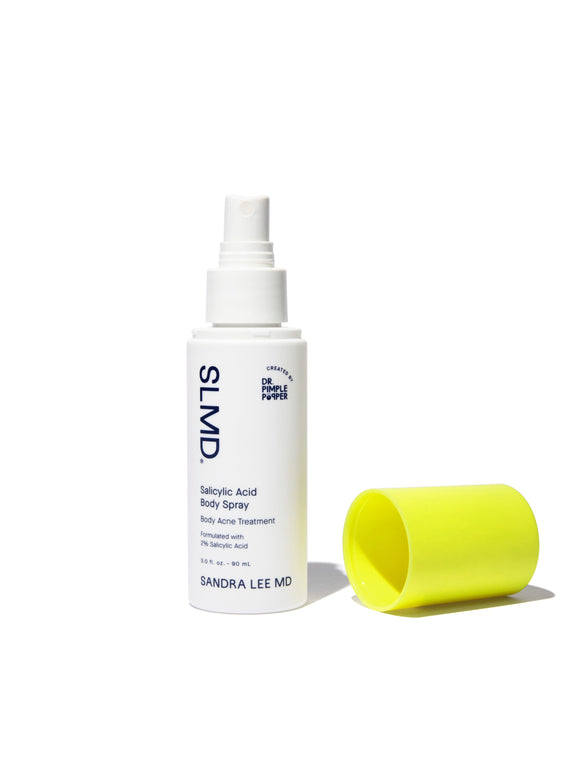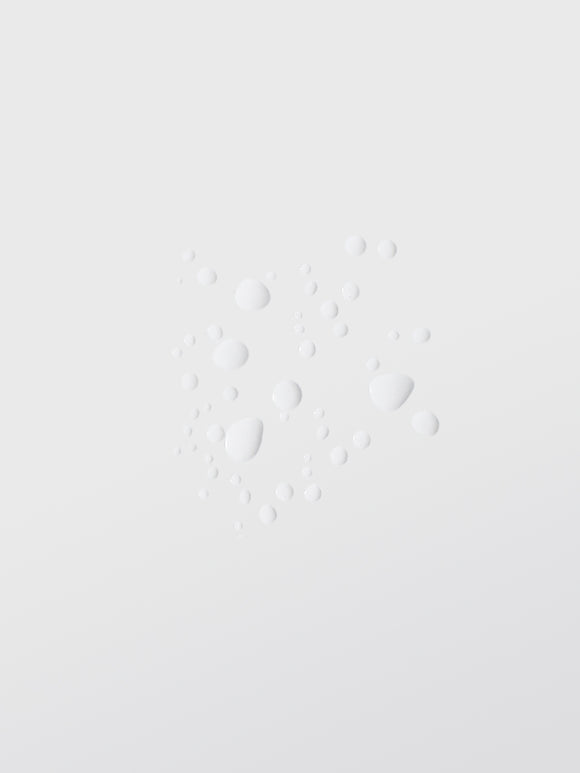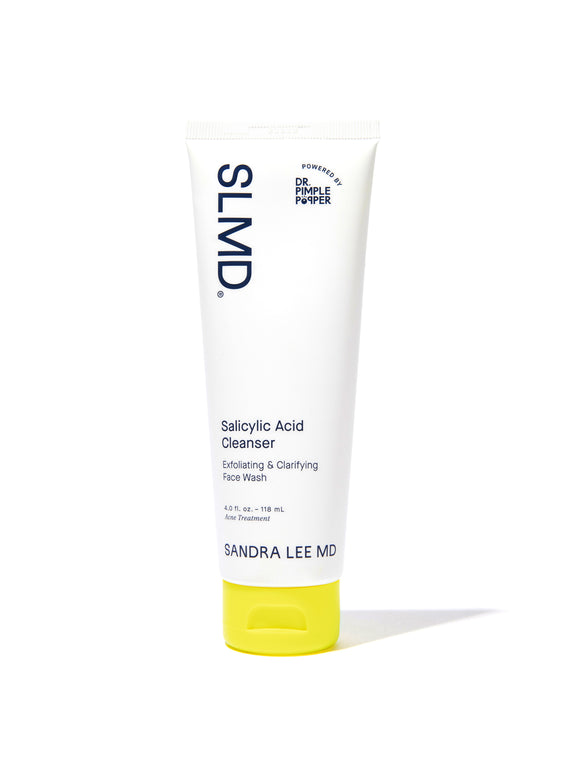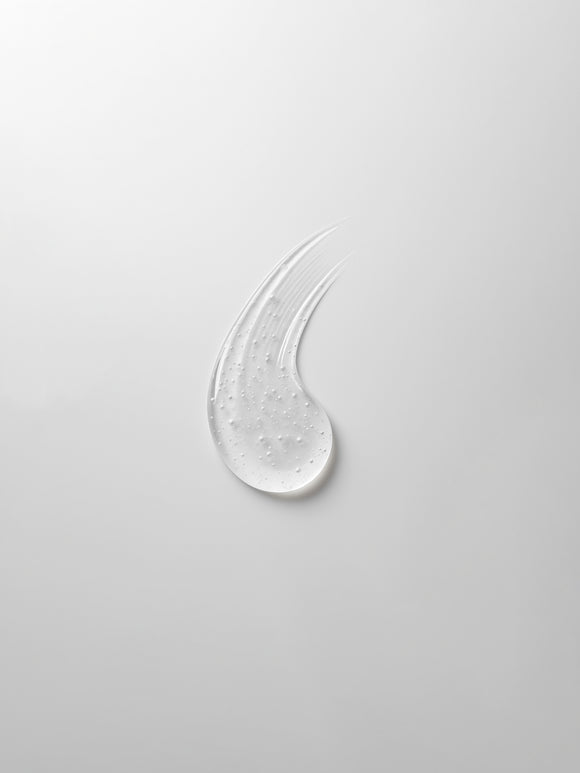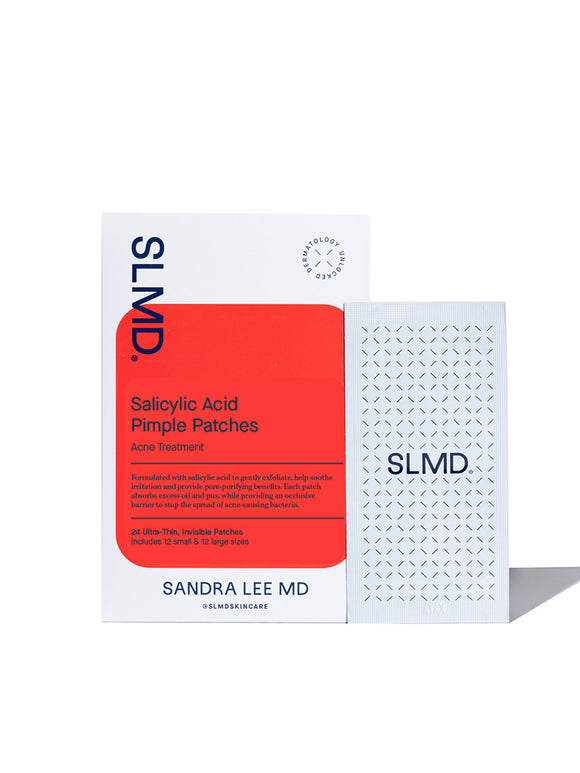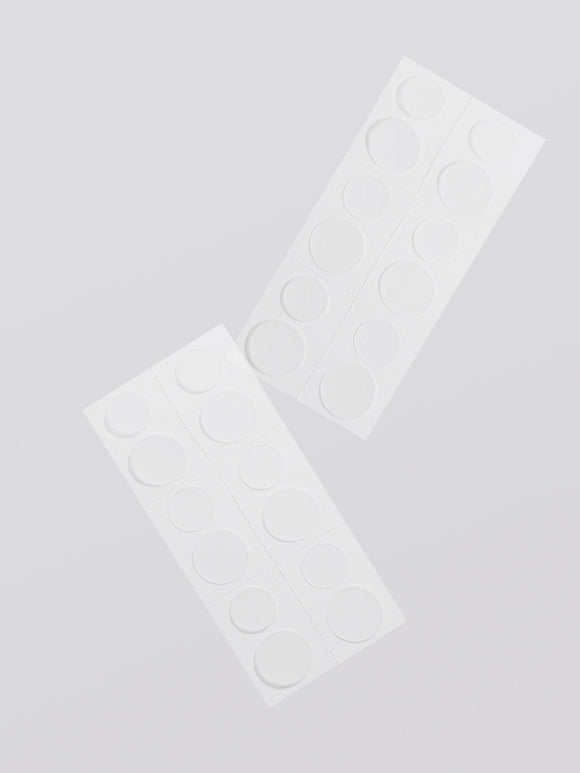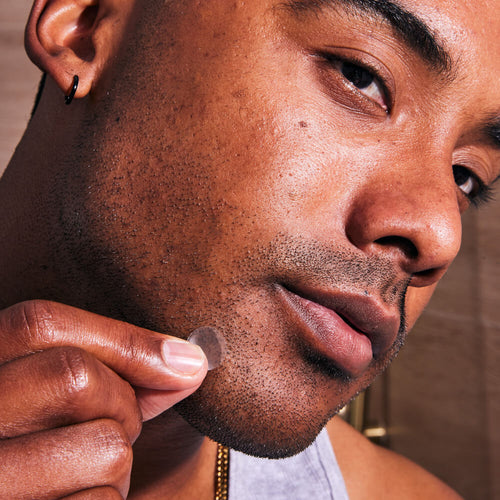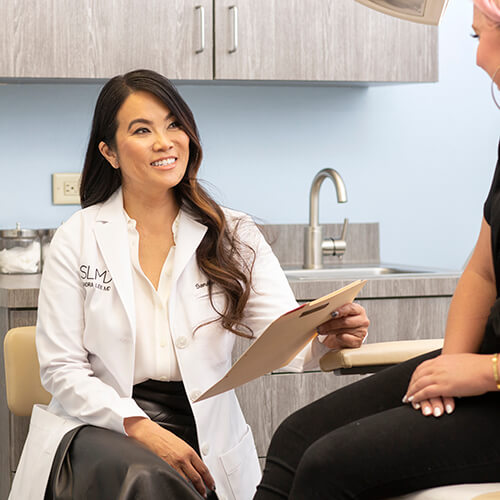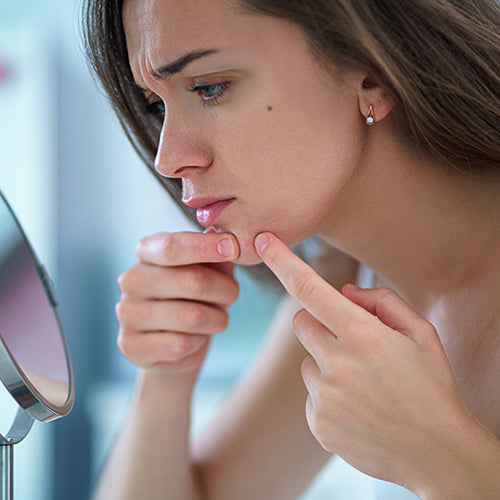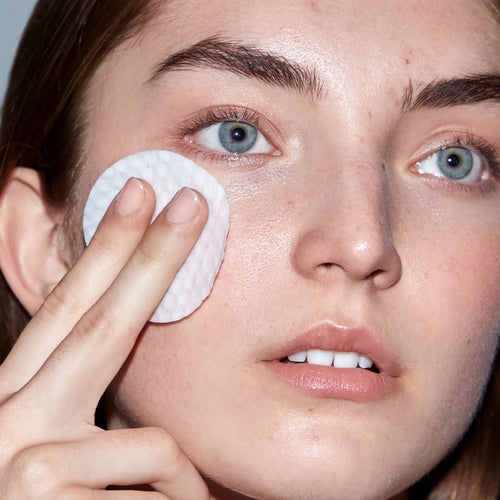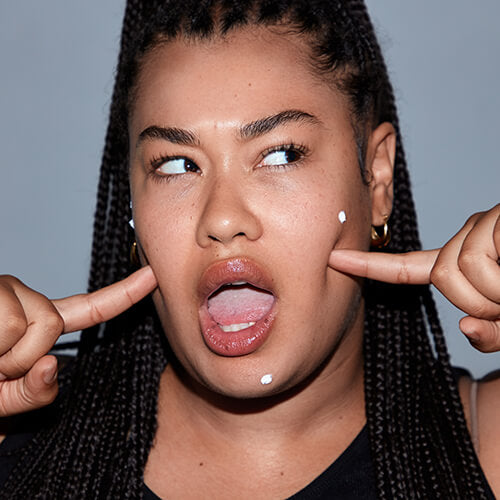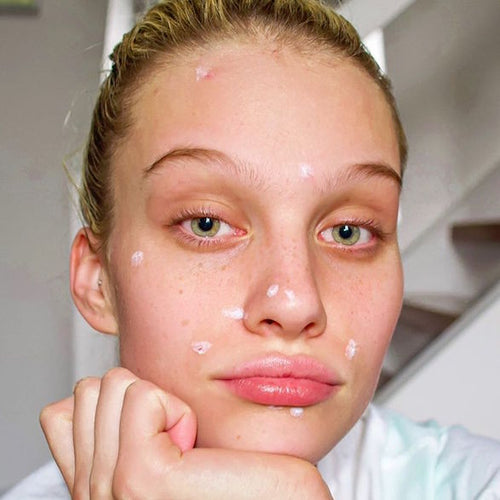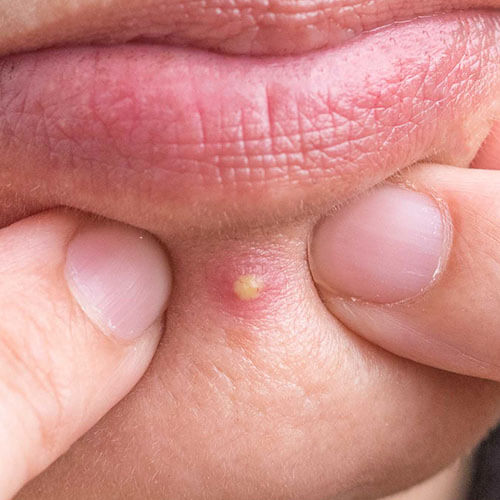
What's Inside a Pimple? (Probably Not What You Think)
What even is that goo — and why is it inside some pimples, but not others?
Published:
3 minute read
If you’re a Dr. Pimple Popper fan, chances are you’re well-versed in the finer points of why a pimple forms, and its multi-part life cycle. But most people aren’t really familiar with exactly what's inside a pimple: why it’s sometimes just a hard bump, what it means when it’s red, or painful, or why it sometimes turns into an oozy mess that’s just so hard for us to leave alone.
Stay tuned, because we’ve asked Sandra Lee, MD (aka Dr. Pimple Popper) to explain exactly what a pimple is.
Article Quick Links
What causes pimples?
We talk about this a lot, because many people still don’t realize that there are essentially two types of acne — and why knowing this fact is important for skin health. To recap:
- Non-inflammatory acne: blackheads and whiteheads (aka open and closed comedones) that form when pores fill up with dead skin and sebum (oil). Best treated with salicylic acid.
- Inflammatory acne: papules, pustules, nodules and cysts that arise when C. acnes bacteria invades a clogged pore. Best treated with benzoyl peroxide or sulfur.
So here’s an important fact: you can’t get those red, painful, inflammatory pimples unless your pores are clogged. That’s why Dr. Lee always says that blackheads and whiteheads are the building blocks of active acne. You might not be able to detect that your pores are clogged just by looking at your skin, even in a magnifying mirror. That’s why it’s important to treat inflammatory acne with a complete routine that includes both salicylic acid and benzoyl peroxide (SLMD Acne System)).
Dr. Pimple Popper's Pimple Stoppers
What’s inside a pimple?
Building on what we just learned, you may have already figured out that blackheads and whiteheads only contain dead skin cells and sebum. When this material is exposed to air, it oxidizes (turns black) — hence the name blackhead. If it’s covered by a layer of skin (meaning it’s not exposed to air) it appears as a bump similar to your natural skin color and is called a whitehead.
This can be confusing for people, says Dr. Lee, because when we think of a “whitehead,” we picture a pimple with a white center. But in technical, dermatology terms, a whitehead is just a clogged pore with no opening at the surface of the skin.
Inflammatory pimples, as we just noted, form when C. acnes bacteria get into the mix. Pretty much all humans have some C. acnes bacteria on our skin, but when pores get clogged, the bacteria move in and multiply. This causes our immune system to sound the alarm, reacting in at least four different ways to try to eliminate the bacteria.
It’s this immune response that produces pimples that are swollen, red, painful and often filled with pus — the white gooey stuff. For the most part, pus is made of:
- Dead skin
- Sebum
- C. acnes bacteria
- White blood cells
Here’s what’s inside the four types of inflammatory pimples:
- Papules: surface-level bumps that have become inflamed
- Pustules: inflamed pimples that have become filled with pus
- Cysts: deeper and larger pimples that are pus-filled
- Nodules: deep areas of bacteria-laden, swollen tissue (not filled with pus)
Why is popping pimples a bad idea?
According to Dr. Lee, pimples are a normal skin response. When C. acnes invade our pores, our body reacts to that foreign substance by trying to push it all out of the skin. Basically, our skin has a built-in mechanism for healing, and when we disrupt it in some way, we’re screwing it up. Popping, poking, squeezing and the like can cause damage, even permanent scarring.
Dr. Pimple Popper's pimple-stopping picks
Instead, says Dr. Lee, use an acne skincare regimen for chronic breakouts, and spot treatments for individual pimples.
- For blackheads and whiteheads, choose SLMD Salicylic Acid Spot Treatment.
- For inflammatory pimples, try SLMD BP Acne Spot Treatment with maximum-strength benzoyl peroxide, which kills C. acnes bacteria.
If you’re a perpetual picker, Dr. Lee recommends her SLMD Salicylic Acid Pimple Patches, which are ultra-transparent acne patches that calm inflammation and keep away prying fingers.

Dr. Lee's Last Word
It’s important to remember that almost everyone in the world gets a pimple now and then. It’s nothing to worry about — in fact it’s an indication of our skin doing its job. Keeping pores clear of dirt, dead skin and excess oil with salicylic acid will help treat and prevent pimples. Now if you’re experiencing chronic acne, incorporating benzoyl peroxide and retinol (like in my Acne System), will treat acne at every stage and help you avoid those pus-filled pimples called inflammatory acne.



